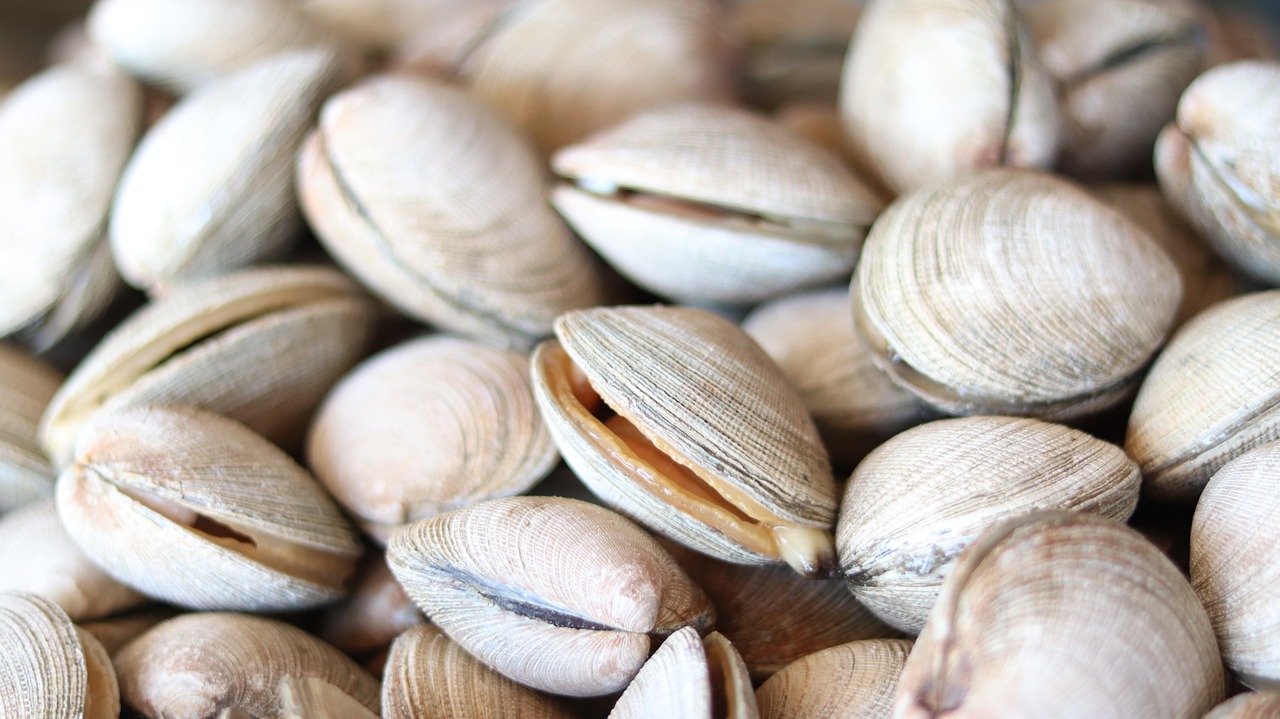The Italian clam production sector is going through a critical period, with these delicacies practically disappeared from the fish markets. This situation creates great difficulties for those who wish to enjoy one of the symbolic dishes of Christmas Eve. The clams have been almost completely eradicated due to the invasion of the blue crab, which has devastated the farms in the Po Delta, also compromising the seed. Even the sea clams, known as lupini, which until now had resisted, are having a difficult time due to the wave of mucilage that hit the Adriatic coast during the summer.
Confcooperative Fedagripesca has raised the alarm to ANSA regarding this worrying situation for a sector that before the arrival of the blue crab and the slime was worth around 300 million euros. The gelatinous masses accumulated in the summer months have created significant problems for fishing, damaging the gear used by fishermen. Now that the algae have settled on the seabed, they represent a threat to clams, mussels and cockles; these species tend to move little and are dying due to anoxia and the increase in water temperatures. For these reasons, fishermen have decided to temporarily stop their activity and are requesting financial support to deal with this period of inactivity.
With the increasing difficulty in serving dishes of spaghetti with Italian clams, there has been a significant increase in imports, especially from Portuguese clams. A survey conducted by Fedagripesca reveals that seven out of eight Italians consider spaghetti with clams one of their favorite first courses of fish, especially during the holidays. New opportunities to repopulate the farms in Veneto and Emilia Romagna could come from Portugal. However, relaunching this economy is not easy: Italy was a leader in Europe in the production of clams and now it is necessary to reclaim the waters from the invasion of the blue crab, fence off the areas intended for production and put the product back into the water to be farmed.
As Paolo Tiozzo, vice president of Confcooperative Fedagripesca, points out, the main obstacle is the need to find an adequate quantity of seed: it is estimated that billions of specimens of true clams are needed. However, finding and managing such quantities with current equipment is extremely difficult. The situation requires significant structural interventions to safeguard this vital sector of Italian fishing and guarantee the future availability of the much-loved clams on Italian plates.


